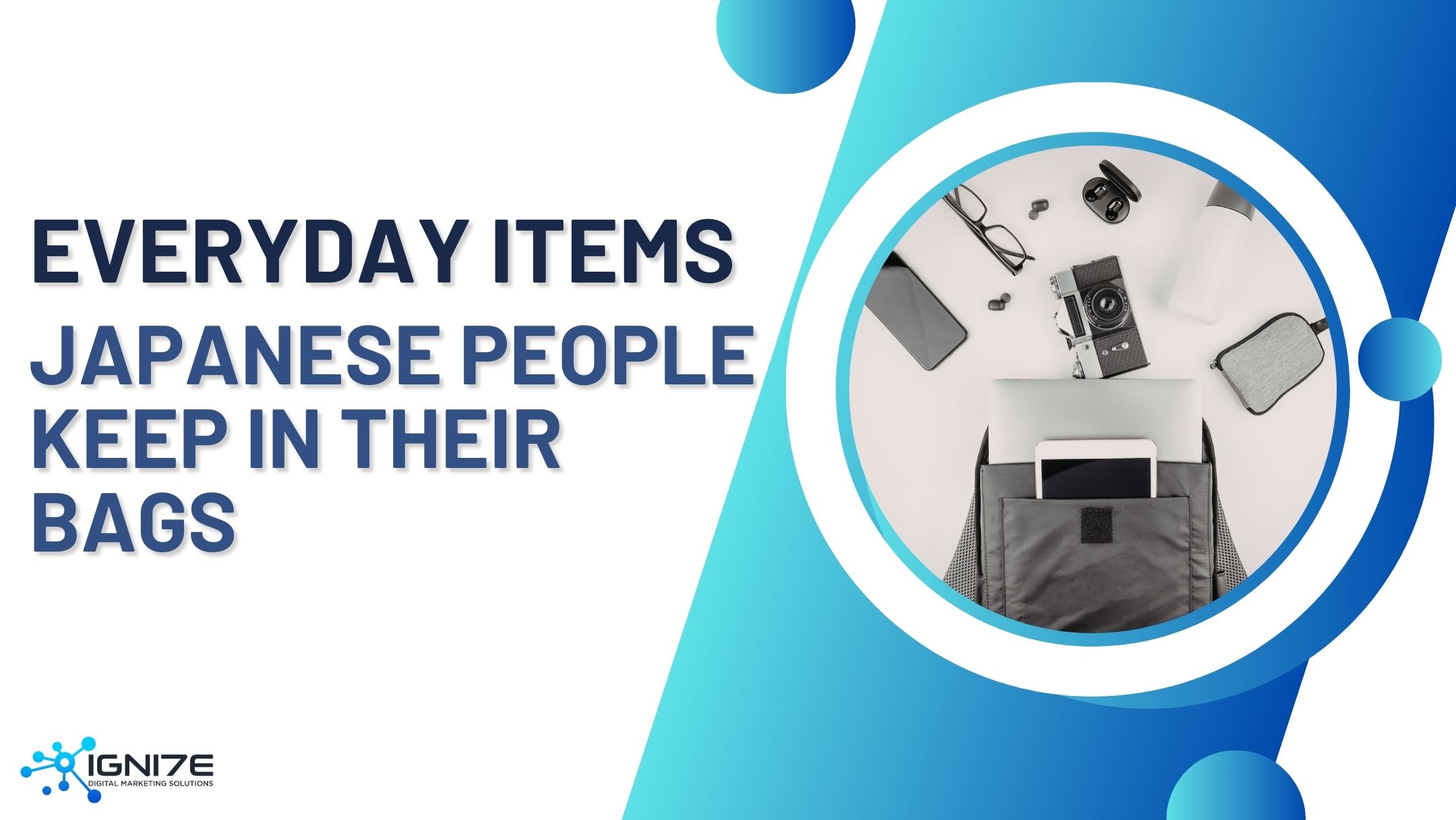Top 4 Project Management Software in Japan

In today’s fast-paced and competitive business environment, task management is essential for ensuring smooth operations, effective communication, and streamlined workflows. In Japan, where efficiency and precision are highly valued in both corporate and entrepreneurial sectors, the use of task management tools has become a critical component of success. These tools enable teams to organize tasks, track project progress, and collaborate in real-time, all while maintaining the high standards of quality and performance that are synonymous with Japanese business culture.
From large enterprises to individual entrepreneurs, the adoption of specialized task management platforms has been a game-changer. These platforms help businesses stay organized and productive, promoting a cohesive work environment where employees can focus on what truly matters—delivering results. In this ranking, we explore four of the most popular task management tools in Japan, highlighting their unique features and how they support businesspeople in enhancing both individual and team productivity.
Most Popular Task Management Tools
- Quip
- CrowdLog
- AdFlow
- Mazrica Sales
1. Quip

Source: Quip Homepage
Quip, a collaborative task management tool from Salesforce Japan, simplifies project and task management while fostering real-time collaboration. Its robust features make it a valuable asset for businesses aiming to streamline workflows and improve team productivity.
Key Features:
- Collaborative Document Management
- Manage tasks within documents using checkboxes, boards, and deadlines.
- Embed spreadsheets into documents for data-driven decision-making.
- Customizable Templates
- Pre-designed templates for account planning, meeting minutes, and evaluation reports.
- Flexibility to tailor templates for specific project needs.
- Integrated Communication
- Built-in chat for team collaboration, including one-on-one and group messaging.
- Streamlines workflows by keeping all communication tied to documents and spreadsheets.
- Salesforce Integration
- Embed live Salesforce data into documents for real-time updates.
- Standardize and automate processes directly within Salesforce records.
- Enterprise-Grade Security
- Advanced Quip Shield ensures data protection, compliance, and governance.
- Designed for security-conscious organizations with robust privacy controls.
Benefits:
- Combines tasks, communication, and data in a single, unified platform.
- Promotes efficient decision-making by integrating context-rich data.
- Enhances productivity across teams with tools accessible on all devices.
Quip’s seamless integration of collaboration, data, and communication tools makes it an essential platform for teams looking to accelerate business and foster a culture of action.
2. CrowdLog

Source: CrowdLog Homepage
CrowdLog is an intuitive task management tool designed to streamline project progress and workload management. Widely used across industries like IT and construction, this platform supports both individual and team productivity while offering robust features for visualizing work efficiency and profitability.
Key Features:
- Effortless Workload Tracking
- Input work hours via computers or smartphones, enabling users to log time on the go.
- Google Calendar and Outlook integration simplifies daily tracking tasks.
- Drag-and-drop functionality makes creating Gantt charts seamless and intuitive.
- Enhanced Task and Progress Management
- Generate detailed Gantt charts to manage task dependencies, group activities, and track progress in real-time.
- Automatically visualize time allocation across tasks, enabling managers to pinpoint inefficiencies and improve workflows.
- Profitability and Cost Analysis
- Combine recorded workload data with labor costs to calculate project profitability.
- Manage budget vs. actuals for revenue, cost of goods sold, and expenses with ease.
- International Project Support
- Available in English and Chinese, CrowdLog is well-suited for teams managing global projects.
- Simplified and Efficient Operation
- Semi-automated time tracking reduces manual data entry, cutting administrative workload by up to 95%.
- Flexible pricing plans (basic and premium) cater to diverse organizational needs.
Benefits:
- Makes complex workload tracking simple and accessible for all users, freeing teams from tedious administrative tasks.
- Provides actionable insights into productivity and profitability with clear visualizations of team activity.
- Enhances project transparency and accountability, supporting effective decision-making and process improvements.
CrowdLog is trusted by over 700 companies, including leading national clients, making it a reliable choice for teams looking to optimize task management and drive productivity gains.
3. AdFlow

Source: AdFlow Homepage
AdFlow is a specialized task management tool designed to meet the unique needs of creative teams in industries like advertising and fashion. Developed by a former creative production company, AdFlow simplifies and centralizes production workflows, ensuring smooth project execution from initiation to approval.
Key Features:
- Comprehensive Workflow Management
- Centralizes all project stages, from order placement to final approval, eliminating the need for multiple tools.
- Automatically generates schedules based on deadlines for efficient task management.
- Features Gantt charts to visualize task progress and ensure deadlines are met.
- Enhanced Collaboration and Control
- Allows users to set project-specific viewing restrictions, enabling secure collaboration with external stakeholders.
- Built-in chat and annotation tools simplify communication and streamline revisions directly within the platform.
- Preview and Approval Tools
- Offers a preview feature to simulate how creative assets will appear in various media, reducing the need for external checks.
- Simplifies feedback management by enabling users to annotate and provide detailed revision instructions directly in the tool.
- Creative Asset Database
- Automatically converts completed projects into a searchable database of creative assets, including images and text.
- Facilitates quick access to past campaigns, helping teams leverage previous work for future projects.
- API Integration and Reporting
- Integrates with major platforms like Google, Yahoo!, and Facebook for automated reporting on campaign performance.
- Provides visual insights into metrics, enabling data-driven optimization.
Benefits:
- Streamlined Creative Production: Combines all necessary tools into one platform, reducing manual effort and saving time.
- Improved Communication: Eliminates back-and-forth emails by consolidating feedback and revisions within the platform.
- Knowledge Preservation: Turns creative projects into valuable assets that can be reused or referenced.
AdFlow's innovative approach to task and creative management makes it a trusted solution for companies aiming to enhance productivity while maintaining high-quality outputs.
4. Mazrica Sales

Source: Mazrica Sales Homepage
Mazrica Sales is a powerful sales and marketing platform designed to centralize customer and project information, empowering sales teams with AI-driven insights and intuitive tools to enhance productivity and performance. By focusing on ease of use and seamless integration, Mazrica Sales simplifies the management of sales processes, helping teams stay organized and responsive to client needs.
Key Features:
- Intuitive User Interface (UI)
- Designed with a "real-world first" approach, Mazrica Sales offers a user-friendly interface tailored for sales teams, ensuring they can quickly grasp their performance and progress.
- Features like the "Radar Chart" allow sales representatives to immediately identify strengths and weaknesses, while the "Ranking" feature fosters motivation and friendly competition among team members.
- AI-Powered Insights
- The platform leverages AI to predict sales outcomes, such as deal closure likelihood, expected contract values, and projected closing dates, based on historical data.
- This predictive capability helps sales teams make more informed decisions and optimize their approach, with increasing accuracy as more data is accumulated over time.
- Seamless Tool Integration
- Mazrica Sales integrates with a variety of business tools, including groupware, chat apps, and billing management systems, to ensure smooth collaboration across platforms.
- Integration with services like Workato and Biztex allows for further customization, enabling businesses to tailor the tool to their specific workflows.
- Mobile App for On-the-Go Productivity
- With its mobile app, Mazrica Sales empowers sales representatives to report and track activities from anywhere, keeping them connected to the team and up-to-date on project statuses.
- The app’s "Timeline" feature enhances team communication and prevents information silos, enabling seamless collaboration.
- OCR (Optical Character Recognition) Functionality
- The built-in OCR tool scans business cards and meeting minutes, allowing sales teams to quickly capture and organize customer information.
- This feature helps streamline data entry, making it easier to maintain accurate and up-to-date customer profiles.
Benefits:
- Enhanced Sales Efficiency: Mazrica Sales centralizes all necessary tools in one platform, enabling teams to manage customer data, track projects, and forecast sales without the need for multiple systems.
- Better Decision-Making: With AI-driven predictions and insights, sales teams can make more accurate forecasts, identify risks early, and tailor their strategies to improve outcomes.
- Improved Team Collaboration: The platform’s intuitive UI and mobile app enhance communication within the team, ensuring that everyone stays informed and aligned, whether in the office or on the go.
- Seamless Integration: By integrating with other business tools, Mazrica Sales eliminates data silos, ensuring that sales teams can access all relevant information from a single, unified platform.
Mazrica Sales is an ideal solution for companies looking to streamline their sales processes, improve collaboration, and harness the power of AI to optimize their sales efforts.
Conclusion
In Japan’s highly structured and results-driven business landscape, the adoption of efficient task management tools has proven indispensable in boosting productivity and ensuring seamless operations. The tools discussed here—Quip, CrowdLog, AdFlow, and Mazrica Sales—each offer distinctive features tailored to meet the diverse needs of various industries, from creative teams to sales organizations. These platforms not only centralize task management but also foster collaboration, enhance decision-making, and streamline workflows, allowing teams to focus on their core objectives with greater efficiency.
By addressing key challenges such as task visualization, progress tracking, and inter-team communication, these tools contribute to a culture of continuous improvement and innovation, which is deeply embedded in Japan's work ethos. As Japanese businesses continue to embrace digital transformation, task management tools are playing an essential role in enabling teams to operate with greater flexibility and agility. Ultimately, these platforms not only enhance operational efficiency but also pave the way for higher-quality outcomes, making them vital assets in today’s fast-evolving business environment.






















